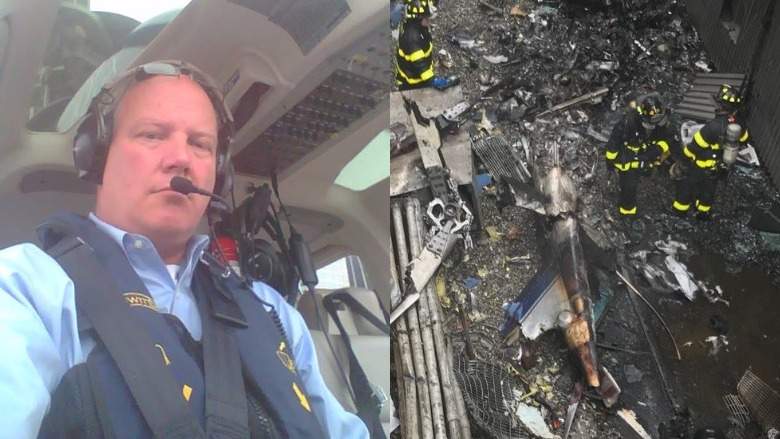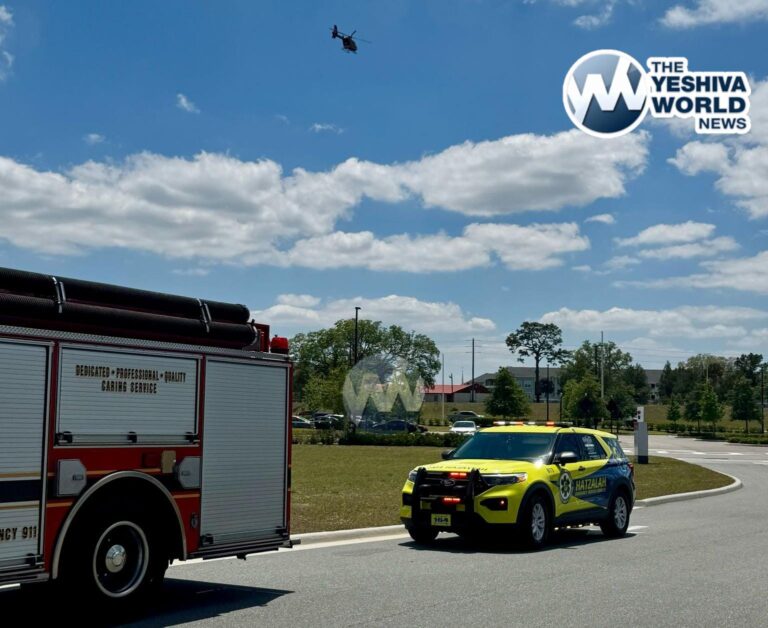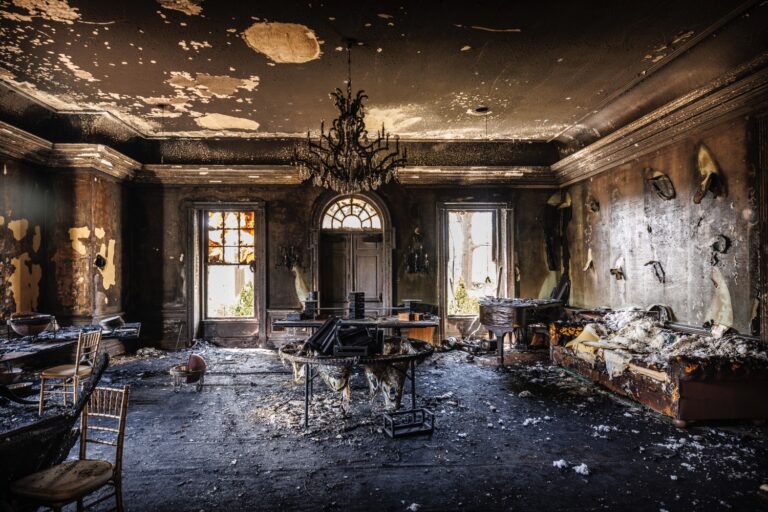The pilot killed when his helicopter hit the roof of a New York City skyscraper in rain and fog radioed that he was lost and trying to get back to the heliport but couldn’t find it, an official briefed on the investigation told The Associated Press on Tuesday.
The radio calls are the clearest evidence yet that foul weather might have played a role in Monday’s crash.
The person wasn’t authorized to discuss the radio calls publicly because of the ongoing federal safety investigation and spoke on condition of anonymity.
Videos posted on social media soon after the crash showed a helicopter that investigators believe is the doomed chopper pausing and hovering south of the heliport, then turning and making an erratic flight back north through rain and clouds.
The pilot, 58-year-old Tim McCormack, was not authorized to fly in limited visibility, raising questions about why he took off in the first place.
McCormack was only licensed to fly under regulations known as visual flight rules, which require generally good weather and clear conditions, according to the Federal Aviation Administration.
The rules demand at least 3 miles (4.8 kilometers) of visibility and that aircraft steer clear of clouds for daytime flights. The visibility at the time of Monday’s crash was about 1¼ miles (2 kilometers) at nearby Central Park, with low clouds blanketing the skyline.
The crash in the tightly controlled airspace of midtown Manhattan shook the 750-foot (229-meter) AXA Equitable building, obliterated the Agusta A109E helicopter, sparked a fire and forced office workers to flee.
It briefly triggered memories of 9/11 and fears of a terrorist attack, but authorities said there is no indication the crash was deliberate.
The crash, the second in Manhattan in a month, also led to renewed calls for restricting helicopter flights over the city.
U.S. Rep. Carolyn Maloney, who represents the area where McCormack crashed, said it’s “past time” for the FAA to ban “unnecessary helicopters” from the city’s skies.
Fellow Democrat Rep. Nydia Velazquez said she wants tourist flights grounded. Last year, five passengers were killed when a sightseeing helicopter plunged into the East River .
“The risks to New Yorkers are just too high,” Maloney said.
At a National Transportation Safety Board briefing Tuesday, investigator Doug Brazy said that McCormack had arrived at a heliport on New York City’s East River after a trip carrying one passenger from nearby Westchester County.
The passenger told investigators there was nothing out of the ordinary about the 15-minute flight, Brazy said.
McCormack waited at the heliport for about two hours and reviewed the weather before taking off on what was supposed to be a trip to the helicopter’s home airport in Linden, New Jersey, Brazy said.
That trip would have taken the helicopter south, over the city’s harbor and past the Statue of Liberty.
The helicopter hit the building about 11 minutes after taking off, in an area where flights aren’t supposed to take place.
A flight restriction in effect since President Donald Trump took office prohibits aircraft from flying below 3,000 feet (914 meters) within a 1-mile (1.6 kilometer) radius of Trump Tower, only a few blocks from the crash site.
Helicopters going in and out of the heliport on Manhattan’s East Side are only allowed to fly in the restricted area if they have permission and are communicating with air traffic control at LaGuardia Airport.
Brazy said the pilot never made such a request and didn’t contact air traffic control.
It’s unclear if authorities were aware before the crash that the helicopter had entered restricted air space.
“Those questions are part of our investigation,” safety board spokesman Terry Williams said.
Brazy said McCormack’s planned route to Linden wouldn’t have required him to contact air traffic control. The helicopter was not equipped with a flight data recorder or a cockpit voice recorder, he said.
Asked if the weather may have played a factor, Brazy said “it is certainly one of the most interesting concerns we have.”
“Should the helicopter have been flying? I do not know yet,” he said.
The crashed helicopter was owned through a real estate firm and used for “executive travel,” authorities said.
In New York City, helicopters giving tourists a whirlybird’s eye view of landmarks account for the majority of take offs. Those flights were cut in half to about 30,000 a year under a 2016 deal between operators and the city, which runs two of Manhattan’s three commercial heliports.
But a new Uber service is threatening to crowd the skies once more.
The ride-hailing service said last week it would start helicoptering passengers between Manhattan and Kennedy Airport at $200 a ride, drawing scrutiny from Velazquez and City Council Speaker Corey Johnson, a Democrat, who asked: “Is that really necessary? Is it safe?”
John Dellaportas, the president of the Stop the Chop advocacy group, said only public safety and medical flights should be allowed.
“It’s a bit like Groundhog Day that every time there’s a deadly crash, politicians say great things and then everybody goes back to their business,” said Dellaportas, a lawyer.
Sam Goldstein, a spokesman for New York’s tourist helicopter industry, said operators “have already regulated themselves into a position where they’re safe, predictable and a good neighbor.”
McCormack, a former fire chief in upstate Clinton Corners, had 15 years of experience flying helicopters and single-engine airplanes and was certified as a flight instructor last year, according to FAA records.
McCormack was “a highly seasoned” and “very well regarded” pilot, Linden airport director Paul Dudley said.
Brazy said a salvage crew expected to start moving the wreckage from the roof Tuesday to a secure location, possibly by taking pieces down the stairs and elevator.
“The location — within the city and on top of the roof of a building — is probably the biggest challenge in the investigation,” Brazy said.
(AP)











